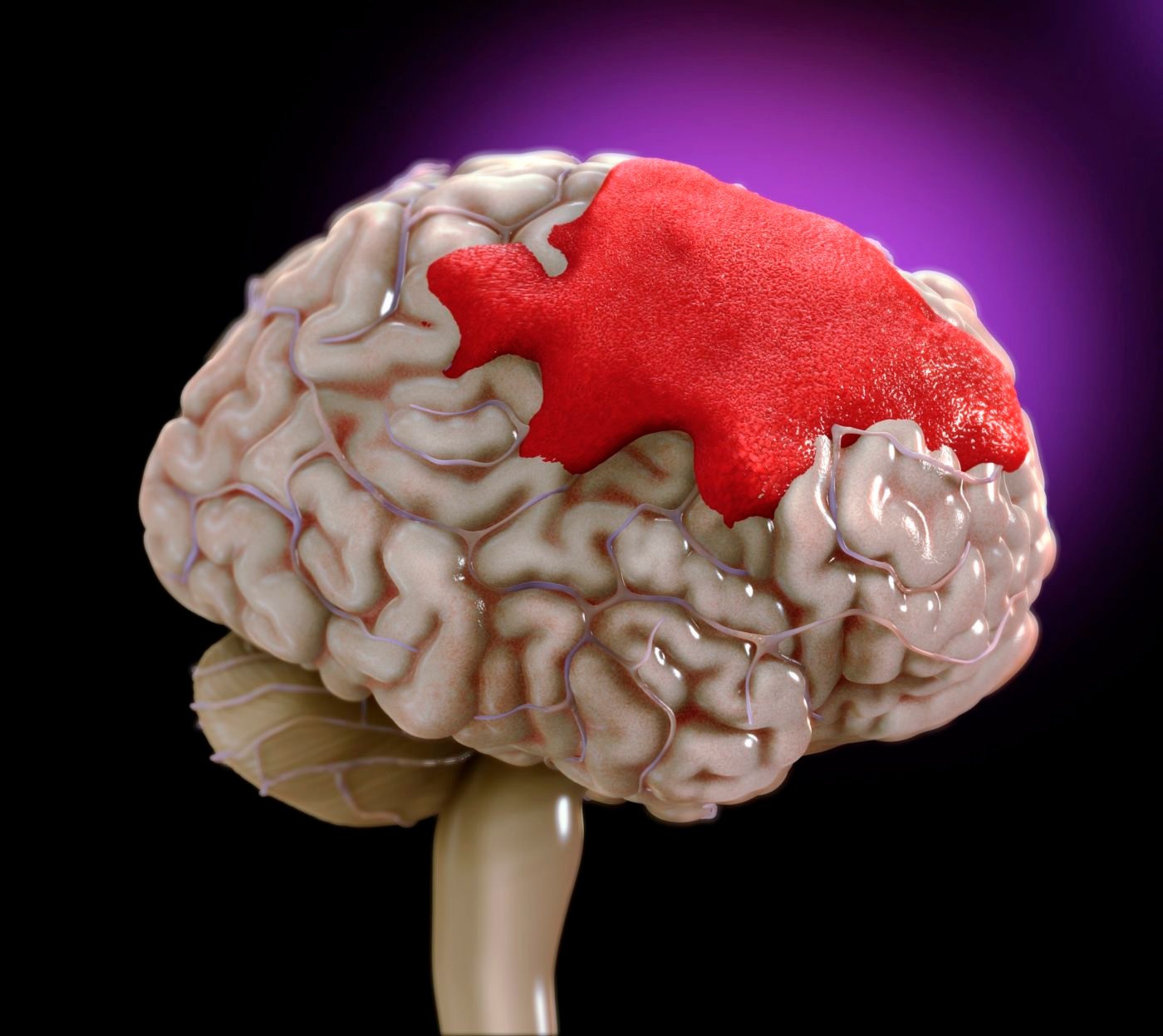Ossification of the Posterior Longitudinal Ligament (OPLL) is a medical condition that involves the calcification and hardening of the ligament running along the spine, leading to potential neurological complications. Dr. Dilip S. Kiyawat, a renowned neurosurgeon specializing in spine and brain tumor surgery, offers detailed insights into OPLL, its causes, symptoms, treatment options, and the critical role of rehabilitation.
Causes of OPLL
The precise cause of OPLL remains unclear. However, there are indications that genetic factors may play a significant role in its development. Individuals with a family history of OPLL may be more predisposed to this condition, suggesting a hereditary link.
Symptoms of OPLL
OPLL can lead to compression of the spinal cord or nerve roots, resulting in a range of symptoms that primarily affect the arms and legs. These symptoms include:
Numbness: A tingling or loss of sensation in the arms and legs.
Weakness: Reduced strength in the arms and legs, which can affect daily activities and overall mobility.
Treatment Options for OPLL
The treatment approach for OPLL varies based on the severity of the condition and the extent of neurological impairment. The primary treatment options include:
Surgical Intervention
For severe cases where there are significant neurological deficits or when conservative measures fail to provide relief, surgical intervention may be necessary. Surgery aims to decompress the spinal cord and nerves, alleviating the pressure caused by the ossified ligament.
Conservative Measures
In less severe cases, conservative treatments may be employed to manage symptoms and improve quality of life. These measures can include:
Medications: To manage pain and inflammation.
Physical Therapy: Exercises and therapies designed to maintain and improve mobility, strength, and flexibility.
Lifestyle Modifications: Adjustments to daily activities to reduce strain on the spine and manage symptoms effectively.
Rehabilitation for OPLL
Rehabilitation is a crucial component of managing OPLL, regardless of whether surgical or conservative treatments are pursued. Physical therapy plays a vital role in rehabilitation by focusing on:
Improving Mobility: Helping patients regain and maintain movement and function.
Enhancing Strength: Strengthening the muscles to support the spine and overall posture.
Increasing Flexibility: Stretching exercises to enhance flexibility and reduce stiffness.
Expert Care by Dr. Dilip S. Kiyawat
Dr. Dilip S. Kiyawat is a leading expert in spine and neurosurgery, with a particular focus on brain tumor surgery. His extensive experience and dedication to patient care make him a trusted name in treating complex spinal conditions like OPLL.
Dr. Kiyawat’s clinic offers comprehensive care for patients with OPLL, providing personalized treatment plans that address both medical and rehabilitative needs. His multidisciplinary approach ensures that patients receive the best possible care for their condition.
Contact Information
For those seeking consultation or treatment for OPLL, Dr. Dilip S. Kiyawat can be reached through the following contact details:
Phone: +91 98220 46043
Dr. Kiyawat’s commitment to excellence in neurosurgery and spine care ensures that patients with OPLL receive the highest standard of treatment and support, enabling them to manage their condition effectively and improve their quality of life.







